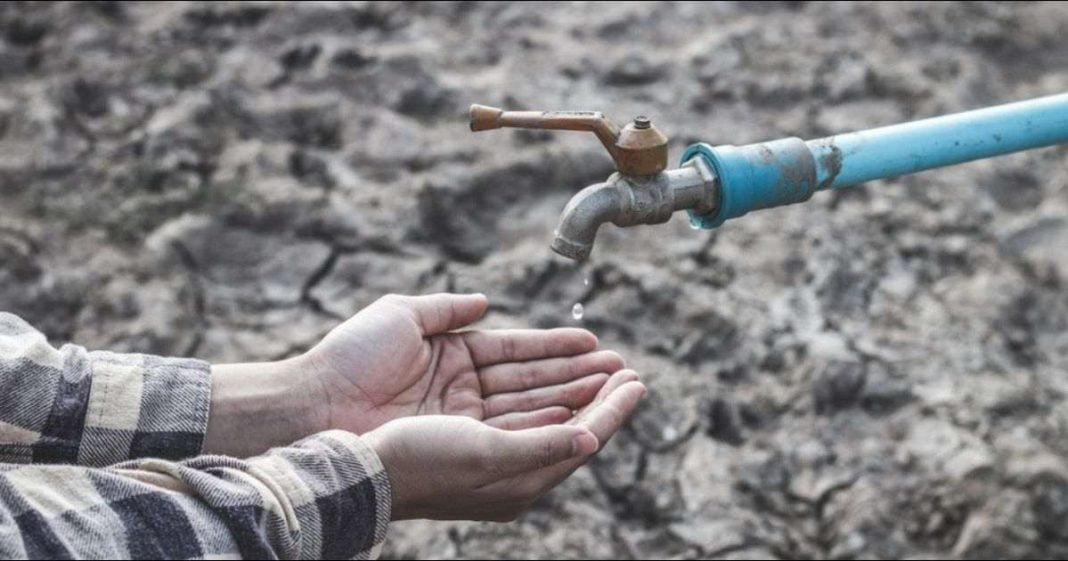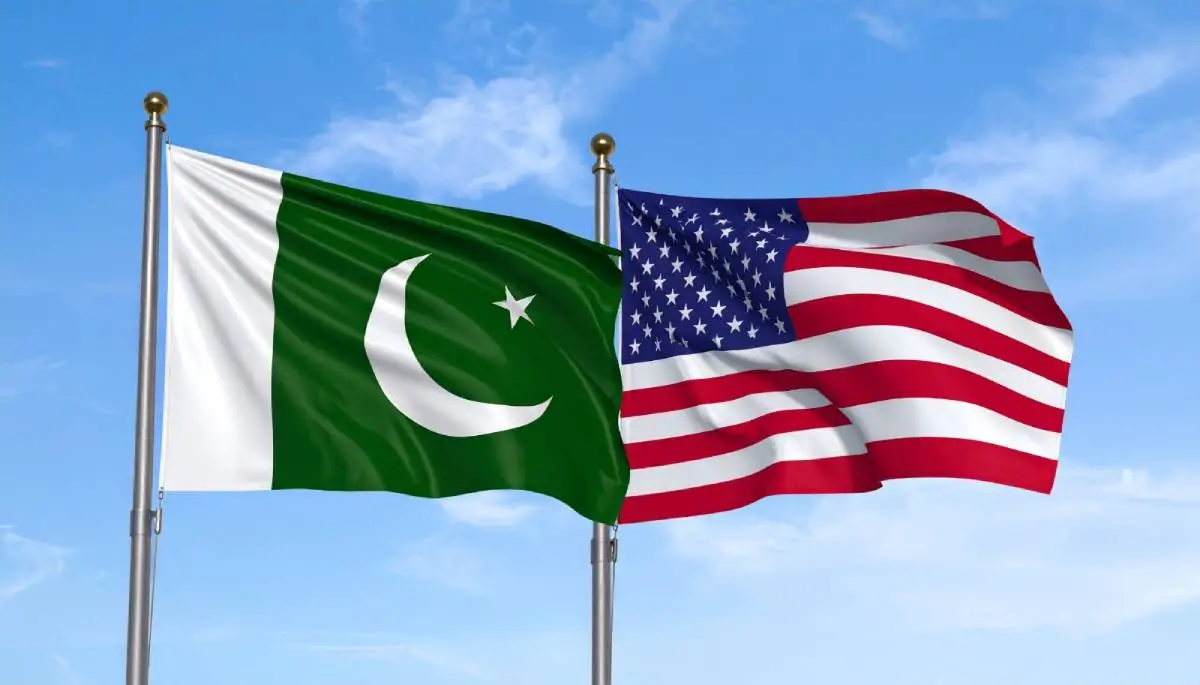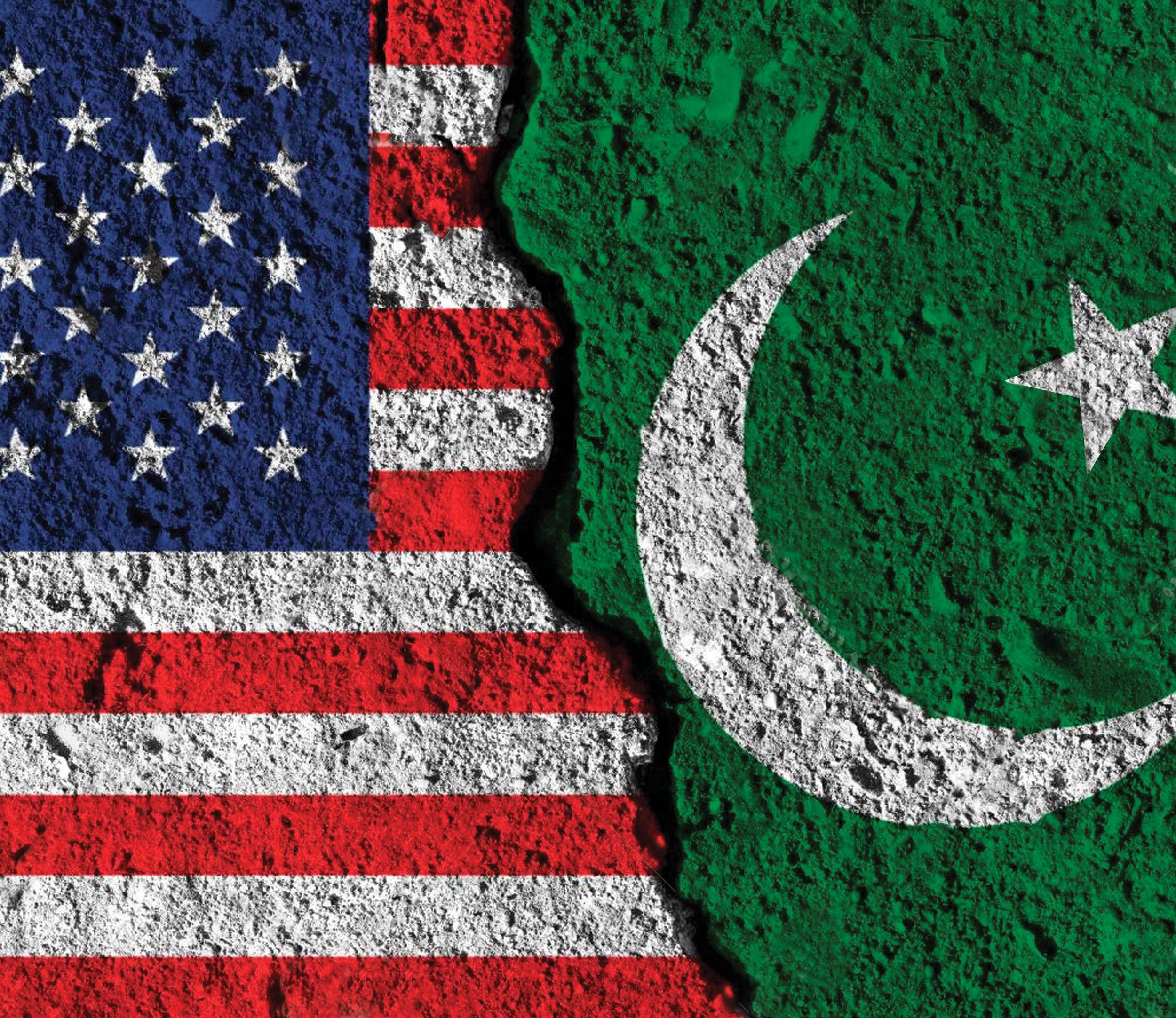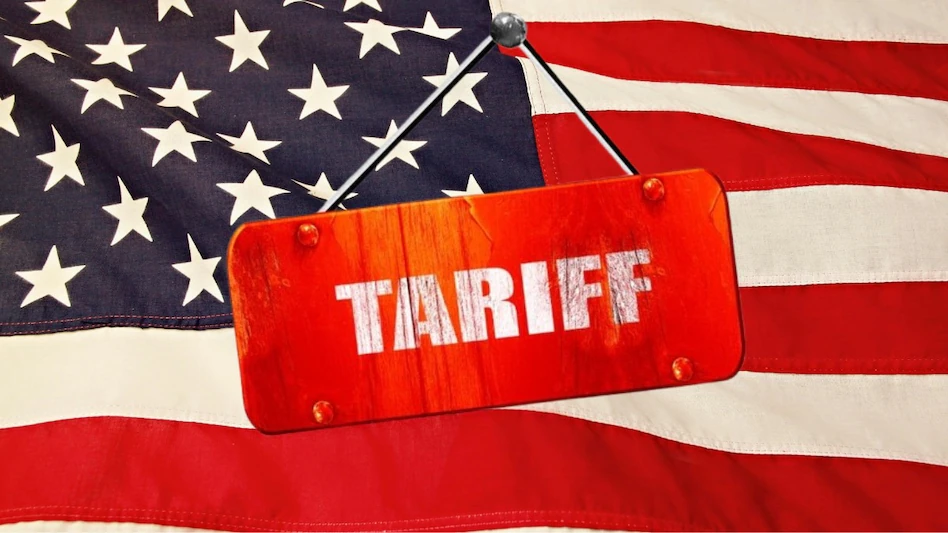Dr Shabana Safdar Khan
Pakistan, already grappling with severe water stress, faces a deepening crisis that threatens its future and its people. Tens of millions of Pakistanis remain water-insecure, and the country’s water resources are rapidly depleting. The situation is dire, with large communities being forced to migrate from water-scarce regions to other parts of the country in search of survival. This exodus is not just an indication of the increasing water insecurity but also a reflection of the larger socio-economic and political issues surrounding water access in the country.
The United Nations’ Global Water Security 2023 Assessment categorizes Pakistan as “critically water-insecure,” signaling that the country is on the brink of an emergency. Per capita water availability in Pakistan is rapidly declining due to a combination of factors, including climate change, population growth, and poor management of water resources. Despite these alarming statistics, policymakers have yet to address the problem with the urgency it deserves. Instead, the issue continues to be viewed through a narrow, technical lens, which has stymied the development of a comprehensive, multifaceted strategy for water conservation and optimal resource use.
The root cause of Pakistan’s water crisis lies in mismanagement and the wasteful use of the resource. The lack of investment in water infrastructure means that more communities will find it increasingly difficult to access fresh, potable water. Without a robust and efficient infrastructure in place, Pakistan is unable to effectively manage its water resources, leading to escalating water scarcity.
Moreover, the political economy surrounding water use in the country has become incredibly complex. Water has long been a contentious issue between provinces, with tensions often arising over its allocation. This political fragmentation has hindered the implementation of unified water policies. The inability of policymakers to see water management as a multifaceted problem encompassing environmental, social, and economic aspects has exacerbated the crisis.
At the moment, there is a growing divide between political considerations and the practical need for comprehensive water management. The lack of consensus on water rights between provinces, along with the absence of a clear framework for equitable distribution, continues to delay meaningful action. With Pakistan’s water resources dwindling rapidly, it is clear that the status quo is no longer sustainable.
Recently, the issue of water insecurity has once again come to the forefront of public debate due to the Punjab government’s ambitious plans to construct new irrigation canals aimed at irrigating millions of acres of barren land in Cholistan. While the project is seen as a way to boost agricultural productivity, it has sparked serious concerns in Sindh, which already suffers from the consequences of reduced environmental flow below Kotri. This reduction has caused massive sea intrusion in the Indus Delta, displacing entire communities living along the coast.
The project has drawn sharp criticism from Sindh, where there are fears that the new canals will exacerbate the already dire situation of water scarcity and environmental degradation in the region. These tensions between Punjab and Sindh are not just political but are deeply intertwined with the economic and social well-being of millions of people who depend on the river for their livelihoods. The question of water rights, and how the country will fairly allocate its water resources between provinces, remains unresolved.
In response to the growing concerns, a Lahore High Court judge has intervened, taking notice of the wastage of fresh water in Punjab’s cities. The court has ordered urban planners to declare a water emergency, implement strict regulations for housing societies, and devise strategies for water recycling at the local level. While these measures are necessary, they represent only one piece of the puzzle. Water wastage in urban areas, particularly in housing societies, is a pressing concern, but it must be addressed in tandem with larger water distribution and conservation strategies that affect the entire country.
At first glance, the various water-related schemes proposed by the government — new irrigation canals, urban water conservation efforts, and investments in hydropower — might seem unrelated. However, they are deeply interconnected and must be approached as part of a larger, integrated water management strategy. Water conservation, urban recycling, and improved storage are all vital components that must be tackled simultaneously. Without a holistic approach, these efforts will not yield the desired results.
For instance, while the construction of new canals may increase irrigation capacity in Punjab, it may also deplete water reserves that are already under pressure due to climate change and poor management. Similarly, urban water conservation initiatives in Punjab may be helpful, but they cannot be viewed in isolation from the broader issue of interprovincial water allocation.
A truly effective water management strategy will require cooperation across all levels of government — both vertical and horizontal. This means that the federal government, provincial authorities, local stakeholders, and the private sector must come together to create a unified plan for water conservation, distribution, and sustainability. Additionally, civil society organizations and water consumers must also be involved in efforts to reduce water waste and promote responsible consumption.
The water crisis in Pakistan is not just an issue for technocrats and bureaucrats; it requires the involvement of senior national and provincial politicians who must step up to resolve interprovincial frictions and forge a path toward long-term solutions. Addressing Pakistan’s water crisis requires strong political leadership and a clear commitment to resolving water rights disputes. Without political will, the country will continue to struggle with water insecurity, and the growing tensions between provinces will only escalate.
Pl subscribe to the YouTube channel of republicpolicy.com for quality podcasts:
At the national level, political leaders need to prioritize water as a national security issue. This means engaging in dialogue to resolve interprovincial water disputes, ensuring that equitable water distribution mechanisms are in place, and creating a national water policy that can guide long-term planning. The political leadership should also work to ensure that local governments have the resources and capacity to address water-related issues at the grassroots level.
Pakistan is running out of time to address its declining water resources. With the increasing frequency of extreme weather events — including floods, droughts, and erratic monsoons — the urgency of the situation cannot be overstated. Immediate action is required to secure Pakistan’s water future, address water equity issues, and protect the livelihoods of millions who depend on the country’s dwindling water resources.
Until a comprehensive and integrated policy response is developed, it is essential that the authorities refrain from undertaking any water-related schemes that could infringe on the rights of any federating unit. In the current environment of heightened tensions, such actions could lead to further controversies and exacerbate existing political frictions.
In conclusion, Pakistan’s water crisis requires urgent, coordinated action from all sectors of society. It is time for policymakers, political leaders, and communities to come together and take bold steps to ensure a sustainable and equitable water future for all Pakistanis. The window for action is rapidly closing — the time to act is now.

















